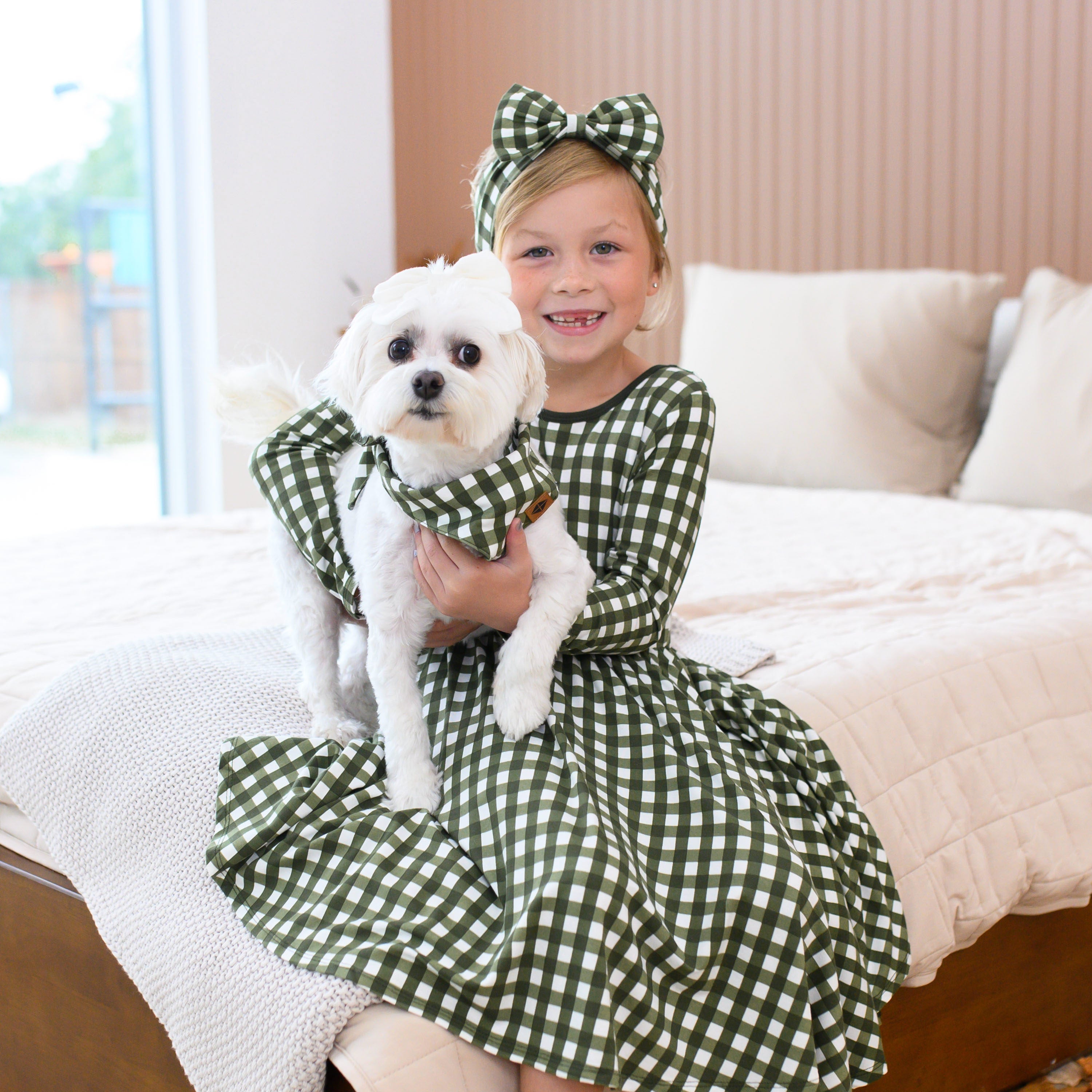Physical touch is one of the most basic human needs, and research has shown that skin-to-skin contact is critical for infant development. Skin-to-skin contact, also known as kangaroo care, during the "golden hour" after birth has been shown to regulate a newborn's temperature, heart rate, and breathing, as well as increase the parent's relaxation hormones. And, although kangaroo care is best known for being done shortly after birth, touch continues to be a powerful means of communication between you and your baby beyond that first day.
Why is Physical Touch Important for Infants?
There's no doubt that physical affection is important for your little one's development. Babies who are regularly held and touched gain weight faster, develop stronger immune systems, sleep better, and cry less than their counterparts who are deprived of nurturing touch. You can help your baby thrive just by holding them, cuddling them, kissing them, and also through infant massage.
Infant Massage for Physical and Emotional Health
Infant massage is used and encouraged to promote physical and emotional health in babies. It's a form of loving touch that helps you bond with your baby and is easy enough to implement in your daily routine. This is a great way to relax and nurture your baby, encouraging connection at the end of the day during bedtime.
How Does Infant Massage Benefit Babies?
Physical health, mental health, and development are all impacted when using infant massage for your little one. Appropriate stimulation of the baby’s sense of touch will positively affect psychosocial development and encourage attachment with mom.
Infant massage can also improve weight gain, growth, sleep duration, and sleep quality. It can calm a colicky baby by reducing stress, it can reduce crying, and it deepens the bond between parent and baby by promoting the release of oxytocin!
According to the International Association of Infant Massage, “Both research and anecdotal evidence from families have shown that there are many ways that babies and families may benefit from infant massage."
- Interaction
- Stimulation
- Relief
- Relaxation.
Massage promotes verbal/nonverbal communication, the development of trust, and feelings of being valued. This form of loving touch can stimulate the circulatory and digestive system, coordination and balance, learning and concentration, and muscular development. Additionally, parents may find that gentle massage on a baby's abdomen can relieve gas and colic, constipation, growing pains, and teething discomfort.
Benefits include improvements in sleeping patterns, improved muscle tone, regulation of behavioral states, improved ability to self-soothe, and reduction in stress hormones!
What to Consider Before Infant Massage
- Wait at least 30 minutes after a feeding to do a massage to prevent any vomiting.
- Take cues from your baby. If they are calm and content, then a massage is probably welcomed! If they turn away from you, cry harder, refuse to make eye contact, or remain stiff in your arms, then you may try the massage a little bit later.
- If they are not receptive to the massage, simply try being present with them with touch. Lay your hands on their chest and breathe deeply. This can help both you and your baby stay calm.
"When you give your baby a massage, you're actually stimulating her central nervous system," explains Tiffany Field, PhD, director of the Touch Research Institute at the University of Miami School of Medicine.
"That sets off a chain reaction: It makes her brain produce more serotonin, a feel-good chemical, and less cortisol, a hormone that's secreted in response to stress. As a result, your baby's heart rate and breathing slow down, and she becomes more relaxed. "
Setting up Your Infant Massage Environment
- Make sure you are creating a calm atmosphere. If possible, do the massage in a warm, quiet place — indoors or outdoors. Remove your jewelry.
-
Sit comfortably on the floor or a bed or stand in front of the changing table and position your baby on a blanket or towel in front of you.
- Place your baby on his or her back so that you can maintain eye contact. As you undress your baby, tell them that it's massage time. They start to make the connection with the word and the action!
- Stay relaxed throughout the massage, talking to your little one throughout the process, maintaining eye contact, and even singing them a song if you need to keep them engaged.
- You can use either an oil or lotion for the massage.
How to Give an Infant Massage
- Start with just touch and breathing. Hold your baby’s hands or lay hands on their chest and take 3-5 deep breaths.
- When your baby is calm and ready, warm up some oil or lotion by rubbing your hands together and start with their legs. Stabilize their ankle with one hand and with the other hand, start at their thigh. With mild pressure, glide your hands down their leg, repeating this 3-5 times.
- Move onto the other side and repeat.
- Repeat the same motion on one arm, and then the other.
- For their chest, continue the downward strokes with one hand stabilizing one side of their chest and the other hand gently gliding down. Repeat on the other side.
- For their belly, you may do light circles starting at their belly button and moving out. Doing this several times will help any tummy aches!
- When you’re ready, you can turn your baby over onto their belly and do the same stroke on their back as you did for their chest. Another one to try is light circles down their spine.
- Moving on to their face (which is what you want to save for last because that will get them ready to eat), start with both hands on their forehead and move out and down around their face down to their chin, like you’re drawing a heart!
- You can also take 1-2 fingers and make light strokes under their eye, around to their ear, and behind their ear in an S shape to help drain any sinus congestion.
If you have a very wiggly baby, or a baby that doesn’t want to lay down, you can do these massages in your lap!
Infant massage is a great way to connect with your little one! Incorporate it into your routine before bedtime to promote bonding and increase sleepiness before they are down for the night. You may also see some improvements in their overall sleep by including this relaxing downtime in your evening routine!
This post was written by Ashley Olson.
Ashley Olson is a certified pediatric sleep consultant, owner of Heaven Sent Sleep, and passionate about helping new parents, experienced parents, desperate and sleep deprived parents form healthy sleep habits for their children.
She has over 3 years of experience in working with families and has completed over 150 hours of coursework plus continuing education related to infant and toddler sleep. The focus of her work is on fostering a routine that grows your bond with your child while improving their sleep habits. She specializes in custom sleep plans and one on one support in changing sleep practices!



























